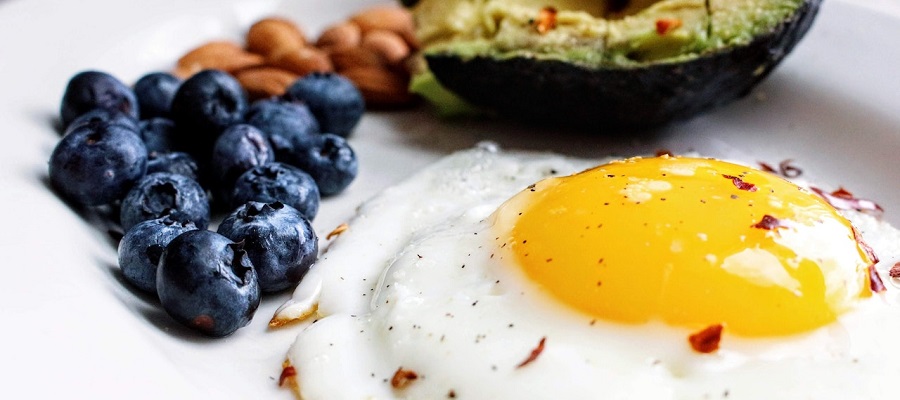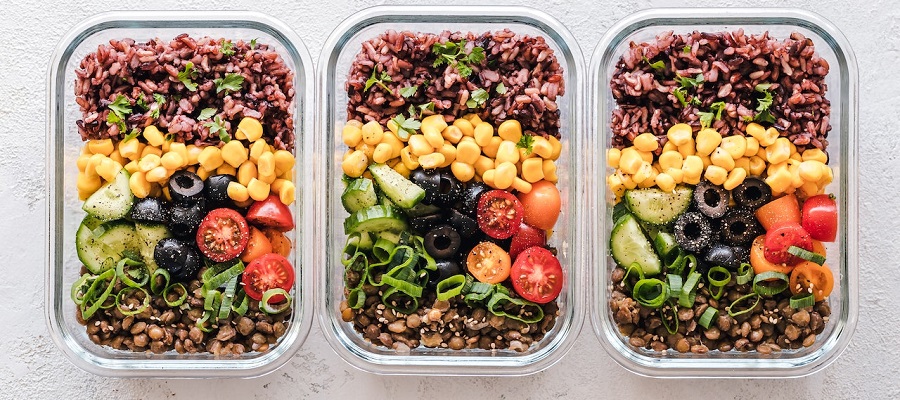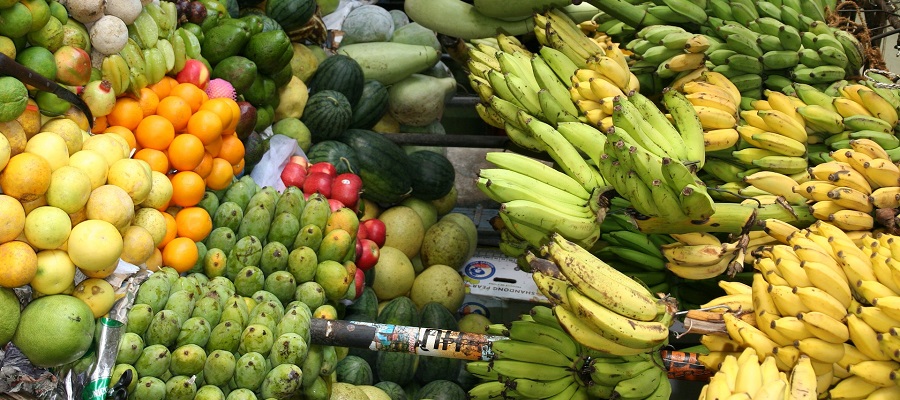Keto Diet
Introduction
A ketogenic diet is a high-fat, low-carbohydrate diet that has been shown to help people lose weight and improve their health. The diet is based on the idea that by reducing your intake of carbohydrates, your body will enter a state of ketosis, where it burns fat for energy instead of glucose.
When you eat a lot of carbohydrates, your body produces insulin to help regulate your blood sugar levels. Insulin also signals your body to store fat. By reducing your carbohydrate intake, you lower your insulin levels, which allows your body to burn fat for energy instead of storing it.
Some of the benefits of a ketogenic diet include weight loss, improved blood sugar control, reduced inflammation, and improved brain function.
- What is a Ketogenic Diet?
- How does it work?
- What are the benefits?
Getting Started
On a keto diet, you should focus on eating foods that are high in fat and low in carbohydrates. Some examples of foods to eat include meat, fish, eggs, dairy, nuts, and seeds.
You should avoid foods that are high in carbohydrates, such as bread, pasta, rice, and sugar. You should also avoid processed foods and foods that are high in trans fats.
To follow a ketogenic diet, you need to calculate your macronutrient ratios. This typically involves eating 70-75% of your calories from fat, 20-25% of your calories from protein, and 5-10% of your calories from carbohydrates.
- What foods to eat
- What foods to avoid
- How to calculate macros
Meal Planning
A sample meal plan for a ketogenic diet might include eggs and bacon for breakfast, a salad with chicken and avocado for lunch, and salmon with broccoli for dinner.
Meal prep can be a great way to stay on track with your ketogenic diet. Some tips for meal prep include cooking in bulk, using a slow cooker, and prepping snacks in advance.
Some snack ideas for a ketogenic diet include nuts, cheese, and hard-boiled eggs.
- Sample meal plan
- Meal prep tips
- Snack ideas
Exercise and Ketosis
Exercise can help you enter ketosis faster and stay in ketosis longer. This is because exercise depletes your glycogen stores, which forces your body to burn fat for energy.
The best exercises for a ketogenic diet include high-intensity interval training (HIIT), weight lifting, and low-intensity cardio.
To fuel your workouts on a ketogenic diet, you should eat a small amount of carbohydrates before your workout, such as a piece of fruit or a sweet potato.
- How exercise affects ketosis
- Best exercises for a ketogenic diet
- How to fuel your workouts
Common Challenges
Keto flu is a common side effect of starting a ketogenic diet. It is caused by the body adapting to the new diet and can cause symptoms such as headaches, fatigue, and nausea. To combat keto flu, you should drink plenty of water, eat enough salt, and get enough rest.
Social situations can be challenging on a ketogenic diet, as many social events involve high-carbohydrate foods. To navigate these situations, you can bring your own food, eat before you go, or focus on the non-food aspects of the event.
Traveling on a ketogenic diet can be challenging, as it can be difficult to find keto-friendly foods on the go. Some tips for traveling on a ketogenic diet include bringing your own food, researching restaurants in advance, and packing snacks.
- Keto flu
- Social situations
- Traveling on a ketogenic diet
Success Stories
There are many real-life examples of people who have had success with a ketogenic diet. Some people have lost significant amounts of weight, while others have improved their health markers.
Before and after photos can be a great way to see the results of a ketogenic diet. Many people have shared their before and after photos online, which can be a great source of inspiration.
Testimonials from people who have had success with a ketogenic diet can be a great way to learn more about the diet and its benefits. Many people have shared their stories online, which can be a great source of motivation.
- Real-life examples of success
- Before and after photos
- Testimonials


